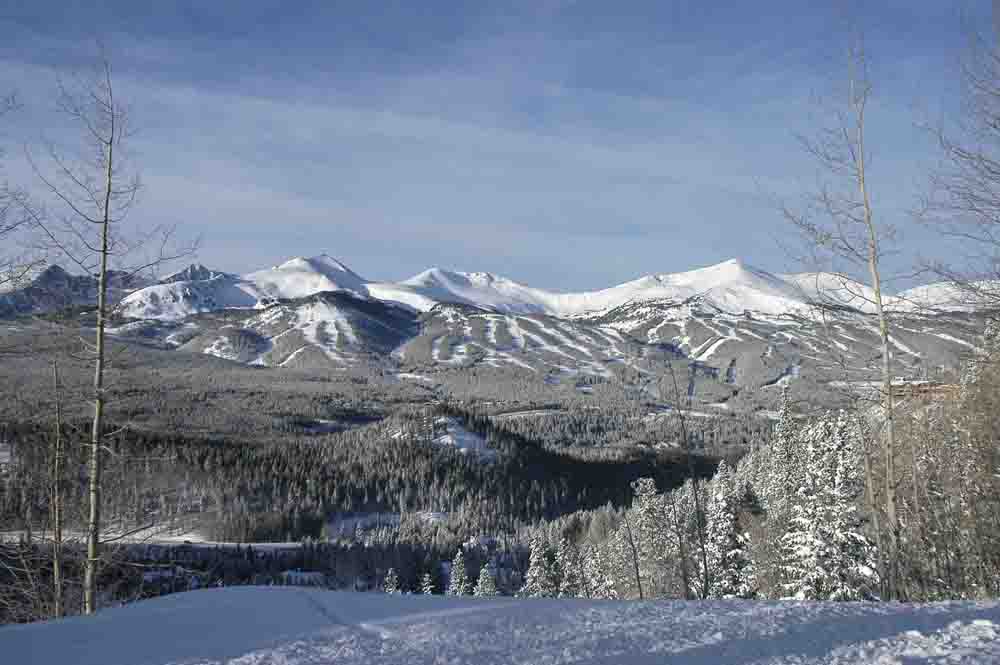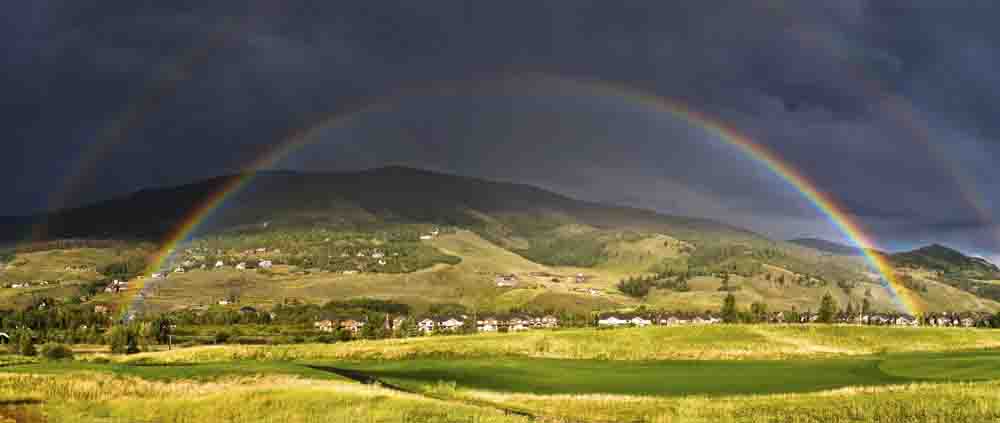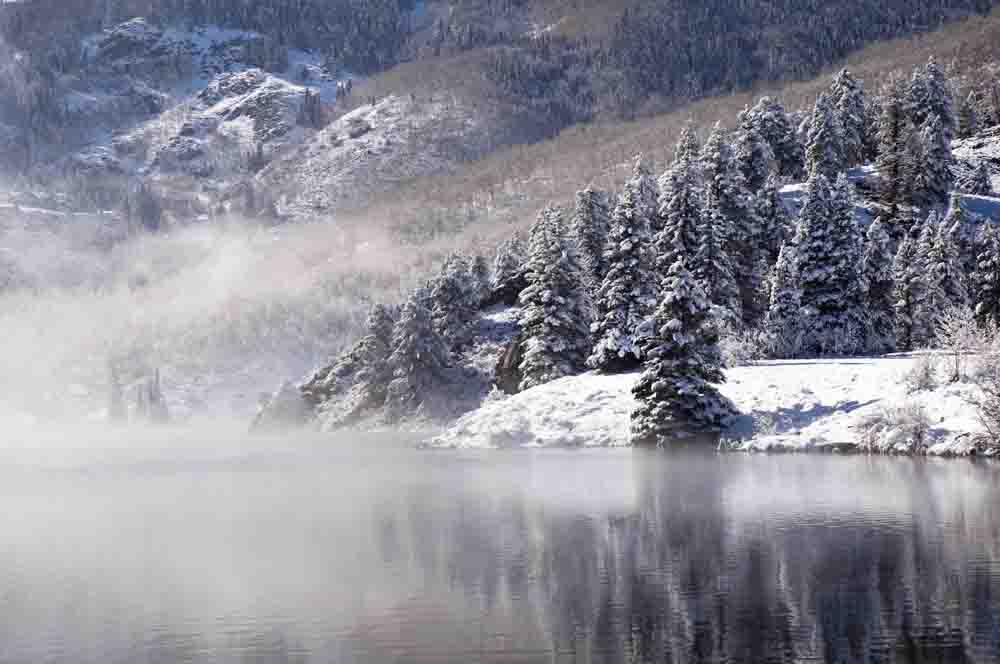History of Summit Public Radio & TV, Celebrating over 60 years of service to Summit County
Summit County, Colorado, in 1957 was not a thriving community. Population was well under 5,000 people. Breckenridge was listed as a ghost town. The only way to the Front Range was over treacherous Loveland Pass. Climax Mine was the biggest employer. Arapahoe Basin was celebrating its first 10 years. Denver Water Board was finalizing land purchases and making ready to build Dillon Reservoir. Meanwhile, the people of Dillon were making their own plans to move their town out of the way.
And while it was not thriving, the hard working people of Summit County held a strong sense of community and love of place in their isolated mountain hamlet.
Meanwhile in the rest of the USA, television in 1950’s America was becoming a tremendous force for entertainment, news, and most importantly, for establishing a national cultural identity. In 1957, Elvis Presley made his final appearance on the Ed Sullivan Show, and Jack Paar became the permanent host of The Tonight Show on NBC, forever cementing the format for late-night talk shows.
Yet Summit County residents were not able to watch television because of the same limitations we have today: the mountains surrounding our community block television and radio signals from reaching our valleys.
In order to bring television to Summit County, the resourceful citizens had to find a place for the TV antennas that would allow a line-of-sight from the towers in Denver to then be rebroadcast into the valley to provide the best coverage to the greatest number of people.
An International Travelall was rigged with a power source, an antenna and a field signal meter. Driving all over the mountains of Summit County, the founders tested television reception at a number of locations. Ultimately they decided that Bald Mountain east of Breckenridge would be the best site. Through these grassroots efforts, the Upper Blue Valley’s very first television translator association was born, predecessor to today’s SPRTV.
Alas, the television translator needed power, as it barely worked without. A generator was set up, and gas was trucked to the site every day. People would gather at the County Courthouse on Lincoln Avenue in Breckenridge to watch the one television set until the gas ran out. An incandescent light bulb was visible from Breckenridge to let people know the generator was running to make television watching possible.
After a month of driving gasoline up the mountain, it was decided to install a power line. Citizens came together in a huge volunteer effort to dig the holes, put up 50 salvaged poles, and string overhead wire from a power source in French Gulch to Bald Mountain. And finally, there was reliable television in Summit County.
Bringing television to the mountain communities required innovative technology. Engineers of the day had to design a system to convert television signals to enable them to be rebroadcast into mountain valleys. Because of the unique needs of our community, Summit County was instrumental in the development of television translator systems around the nation.
Sixty-plus years later, radio and television signals are still rebroadcast into Summit County from the translator towers on Bald Mountain. The original power line has been replaced twice. After several iterations, Summit Public Radio & TV, incorporated as a non-profit in 1998, still maintains the towers, power line, antennae and associated electronics. Citizens are able to listen to 5 FM radio stations and watch 11 over-the-air television channels thanks to the work started over 60 years ago, all because the people of Summit County didn’t want to miss another episode of The Ed Sullivan Show.









